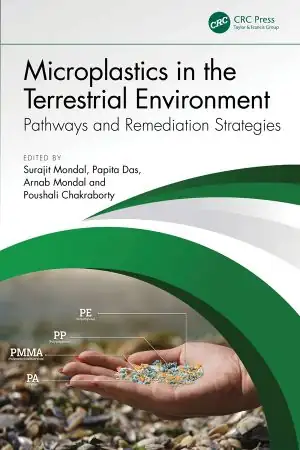
Algorithms in Computational Molecular Biology: Techniques, Approaches and Applications
- Length: 1080 pages
- Edition: 1
- Language: English
- Publisher: Wiley
- Publication Date: 2011-02-02
- ISBN-10: 0470505192
- ISBN-13: 9780470505199
- Sales Rank: #5598326 (See Top 100 Books)
This book represents the most comprehensive and up-to-date collection of information on the topic of computational molecular biology. Bringing the most recent research into the forefront of discussion, Algorithms in Computational Molecular Biology studies the most important and useful algorithms currently being used in the field, and provides related problems. It also succeeds where other titles have failed, in offering a wide range of information from the introductory fundamentals right up to the latest, most advanced levels of study.
Table of Contents
I Strings Processing And Application To Biological Sequences
1 String Data Structures For Computational Molecular Biology
2 Efficient Restricted-Case Algorithms For Problems In Computational Biology
3 Finite Automata In Pattern Matching
4 New Developments In Processing Of Degenerate Sequences
5 Exact Search Algorithms For Biological Sequences
6 Algorithmic Aspects Of Arc-Annotated Sequences
7 Algorithmic Issues In Dna Barcoding Problems
8 Recent Advances In Weighted Dna Sequences
9 Dna Computing For Subgraph Isomorphism Problem And Related Problems
II Analysis Of Biological Sequences
10 Graphs In Bioinformatics
11 A Flexible Data Store For Managing Bioinformatics Data
12 Algorithms For The Alignment Of Biological Sequences
13 Algorithms For Local Structural Alignment And Structural Motif Identification
14 Evolution Of The Clustal Family Of Multiple Sequence Alignment Programs
15 Filters And Seeds Approaches For Fast Homology Searches In Large Datasets
16 Novel Combinatorial And Information-Theoretic Alignment-Free Distances For Biological Data Mining
17 In Silicomethods For The Analysis Of Metabolites And Drug Molecules
III Motif Finding And Structure Prediction
18 Motif Finding Algorithms In Biological Sequences
19 Computational Characterization Of Regulatory Regions
20 Algorithmic Issues In The Analysis Of Chip-Seq Data
21 Approaches And Methods For Operon Prediction Based On Machine Learning Techniques
22 Protein Function Prediction With Data-Mining Techniques
23 Protein Domain Boundary Prediction
24 An Introduction To Rna Structure And Pseudoknot Prediction
IV Phylogeny Reconstruction
25 Phylogenetic Search Algorithms For Maximum Likelihood
26 Heuristic Methods For Phylogenetic Reconstruction With Maximum Parsimony
27 Maximum Entropy Method For Composition Vector Method
V Microarray Data Analysis
28 Microarray Gene Expression Data Analysis
29 Biclustering Of Microarray Data
30 Computational Models For Condition-Specific Gene And Pathway Inference
31 Heterogeneity Of Differential Expression In Cancer Studies: Algorithms And Methods
VI Analysis Of Genomes
32 Comparative Genomics: Algorithms And Applications
33 Advances In Genome Rearrangement Algorithms
34 Computing Genomic Distances: An Algorithmic Viewpoint
35 Wavelet Algorithms For Dna Analysis
36 Haplotype Inference Models And Algorithms
VII Analysis Of Biological Networks
37 Untangling Biological Networks Using Bioinformatics
38 Probabilistic Approaches For Investigating Biological Networks
39 Modeling And Analysis Of Biological Networks With Model Checking
40 Reverse Engineering Of Molecular Networks From A Common Combinatorial Approach
41 Unsupervised Learning For Gene Regulation Network Inference From Expression Data: A Review
42 Approaches To Construction And Analysis Of Microrna-Mediated Networks







